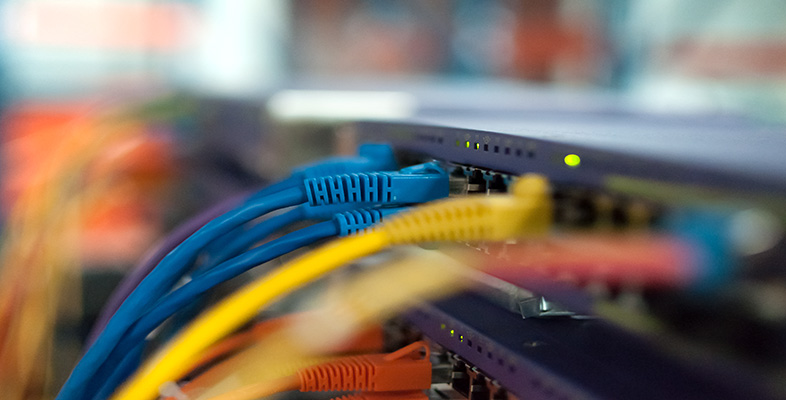6.6 ZigBee
Development of the ZigBee standard is the result of a group of interested parties coming together to form the ZigBee Alliance. When approved it will be an open standard sitting within a subset of the IEEE 802.15.4 low-data wireless standard. At the outset ZigBee was designed specifically for networks set up for the purposes of monitoring and control. Two of the major development aims were that it should be low cost (so that it is cheap to install and maintain), and low power (for long battery life). ZigBee technology exploits the low duty-cycle characteristics and low data-rate requirements of the devices it serves. The technology enables devices to enter a 'sleep' state when they are inactive. In this state they consume very little power and this means that batteries can have extremely long lives. (We've seen claims of up to 10 years.) Table 5 summarises the key characteristics of ZigBee.
| Characteristic | |
|---|---|
| How transmitted | radio transmission in 2.4 GHz to 2.483 GHz ISM frequency band; ZigBee can also operate in two other frequency bands, providing lower data rates |
| Equipment needed | transceiver, processor, small amount of memory |
| Maximum data rate | 250 kbps |
| Maximum throughput | over 200 kbps |
| Method for sharing the medium | managed by a network coordinator device |
| Operating range | up to approximately 70 m indoors, but increased range possible using mesh rather than star topology |
| Standards family | IEEE 802.15 family of PAN standards |
| Network structure | star or mesh type |
| Number of nodes supported | theoretical maximum of 65 536 |
Each ZigBee network must include a network coordinator. This device is responsible for network set-up and message routing, as well as managing data communications.
The transceiver, processor and memory can be built together into a microchip. Because of the low energy requirements of the device, quite small batteries can power it for a convenient period of time. This means that ZigBee can be incorporated into many of the home-control and remote sensing devices we have discussed, without significantly increasing their size.
Activity 29: exploratory
When operating in a mesh topology, explain how this structure contributes to the reliability of a ZigBee network. Why might reliability be an important consideration in a smart home network?
Discussion
A mesh structure implies data routing capabilities, so if a node or link fails it could be possible to find an alternative route. In a smart home network, reliability is an important consideration. For example, you could be depending on a signal from a smoke alarm to trigger a sprinkler system.
The extract from The Road Ahead, quoted at the beginning of this section, presents a very rosy picture of life in a smart home. So what are the implications of the deployment of smart home technology? Does it provide us with a Utopian environment that can bring only benefits? Or does the technology pose threats and dangers too? These questions are considered in the next two sections.
